"They were alleged to stand as guards on the animals of the Giza Zoo, but their breathtaking beauty told Khedive Ismail ali to use them to brighten the oldest bridge on the Nile".. I don't think that anyone in Egypt knows this information, when he started building the bridge "Palace of the Nile", the primary bridge on the Nile within the late 19th century, specifically in 1869, wanted to embellish its entrances with giant statues, so he converted the location of lions on the doors of the zoo, and replaced them when the opening of the zoo in 1891, with stereoscopic paintings on the doorway depicting various animals of the forest.
four bronze lions, standing firmly at the entrances to the bridge, during a symbol to guard it from any evil which will be inflicted upon it, created in their manufacture famous French sculptor Henri Alfred Jacquemart, following the issuance of a royal decree in 1871, and made specifically in France before being transported to Cairo via Alexandria, at a value of 198 thousand francs, and has since become famous as "Abu Al-Saba'" al-Khhadiwi.
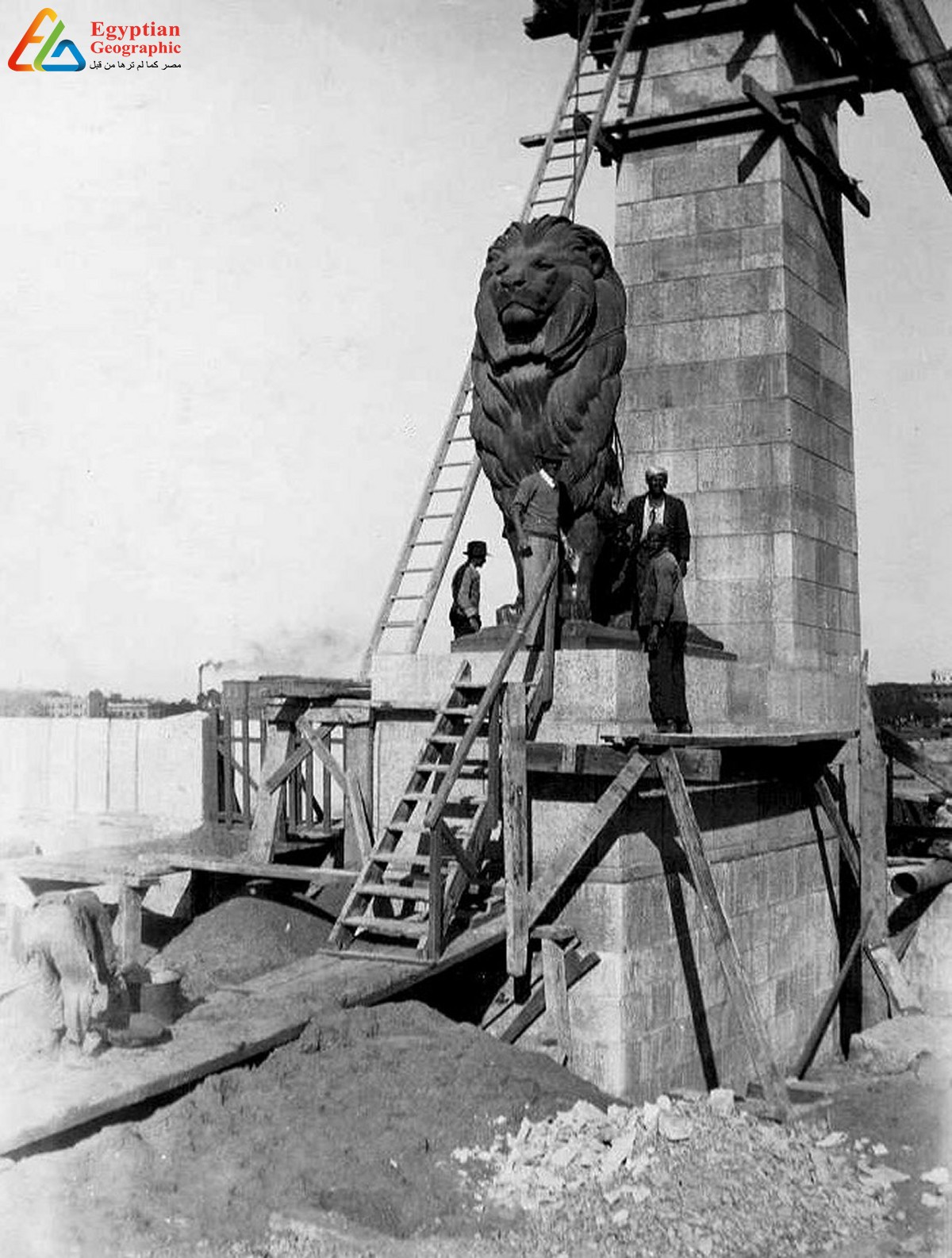
lions Qasr El Nil statues were originally made to be placed on the gates of the Giza Zoo, but when the statues arrived in Cairo from France, Khedive Ismail had been deposed and his son Khedive Tawfiq took over, and at that point was performing a beautification of the Khedive Ismail Bridge because it was called the Bridge at the time, and Khadiwi Tawfiq felt that the Bridge needed an appearance deserve the prestige of his father's name, and two lions were placed on each entrance.
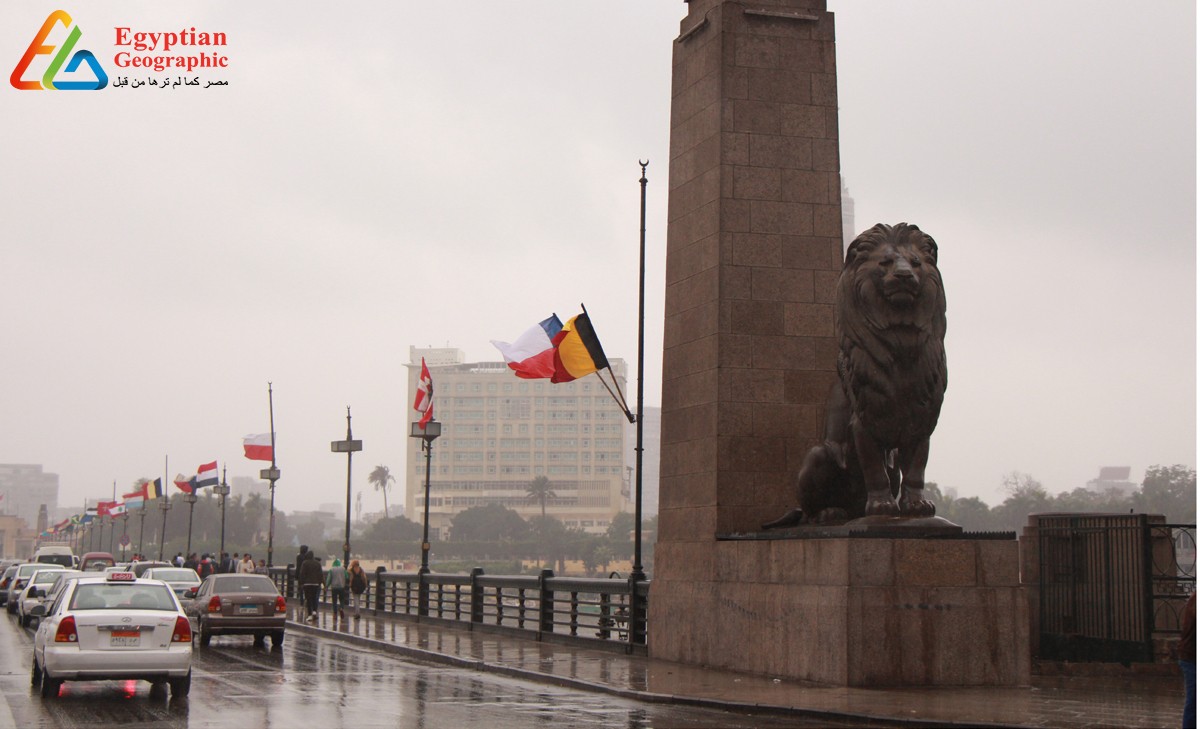
In 1933, it was reopen after reconstruction and opened twice a day for ships and boats to continue on their way up the Nile. After the 1952 Revolution the name of the bridge was changed to the Qasr Al-Nil Bridge, and since then it has never been opened. Jacquemart’s works in Egypt include the Mohamed Ali statue in Alexandria from 1869, the Suleiman Pasha statue from 1874, and the statue of Mohamed Lazoglou Bey from 1875.

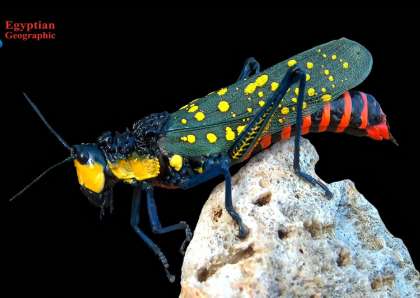
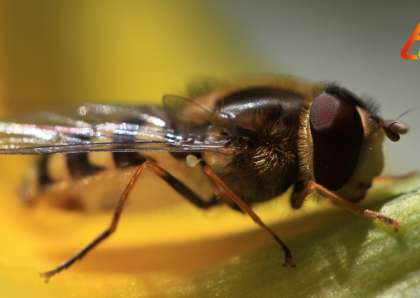
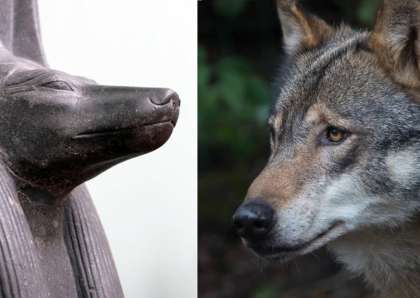

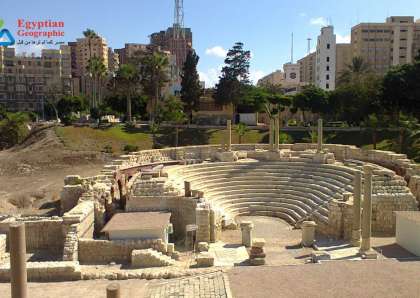
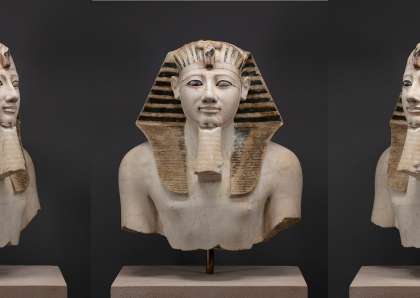
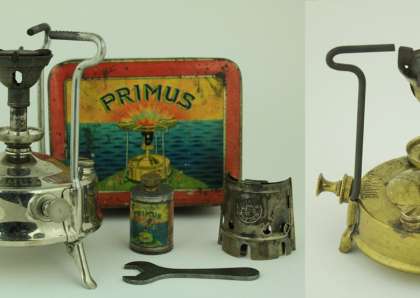

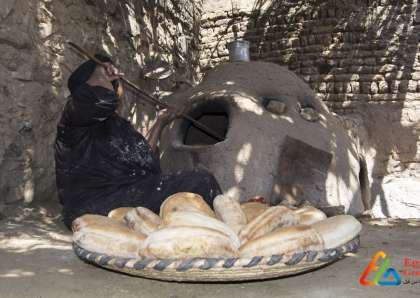
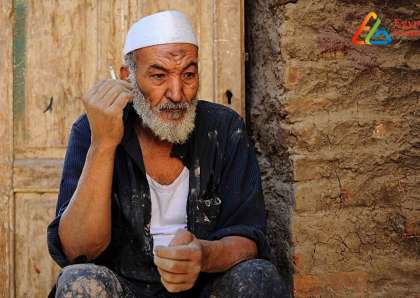
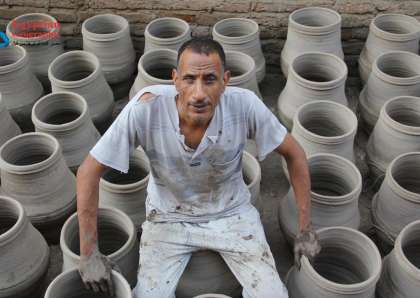
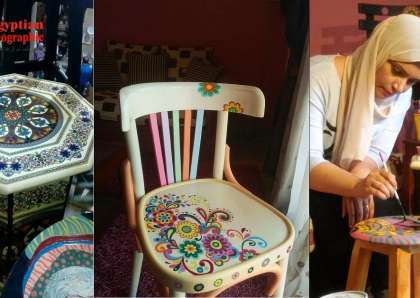
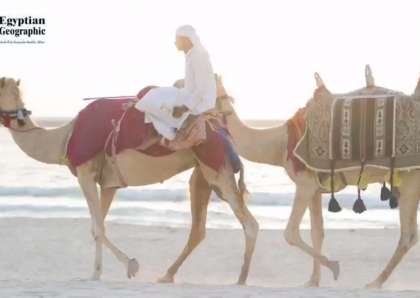


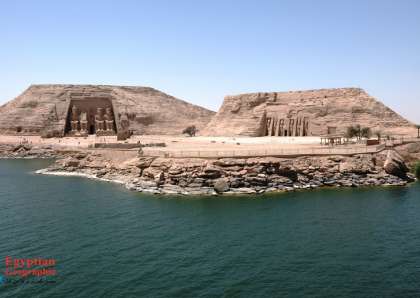
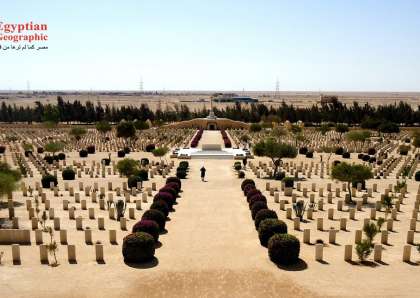
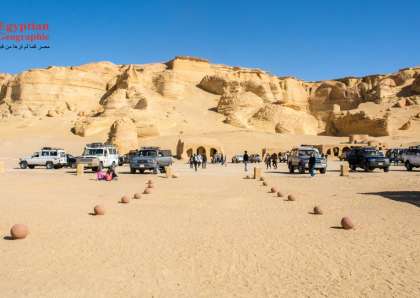

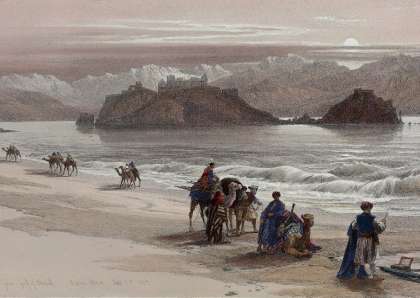

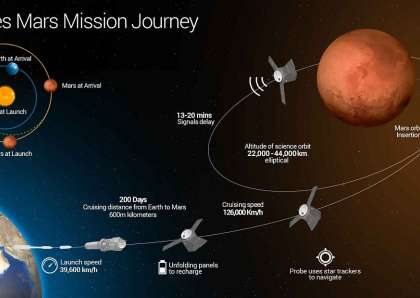
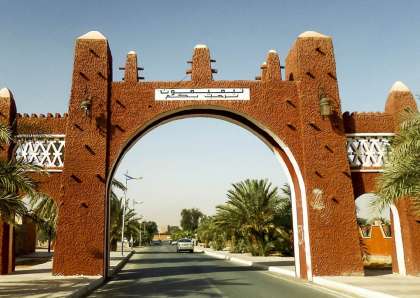
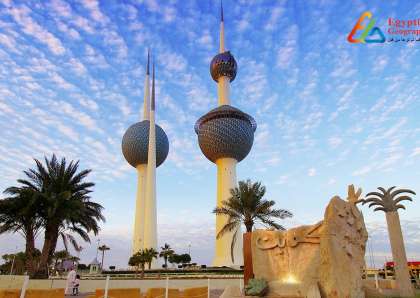
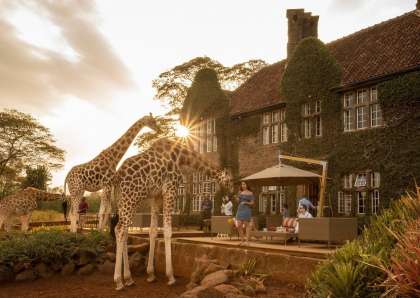
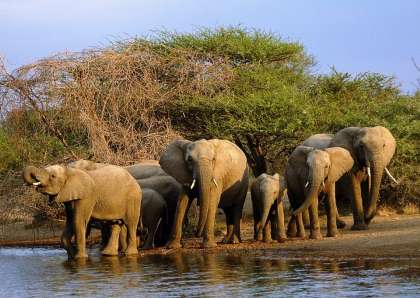
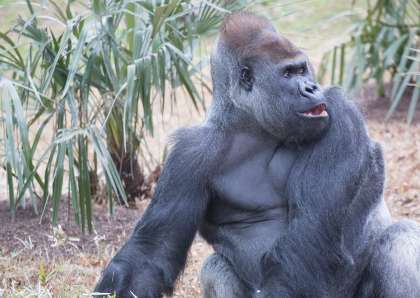
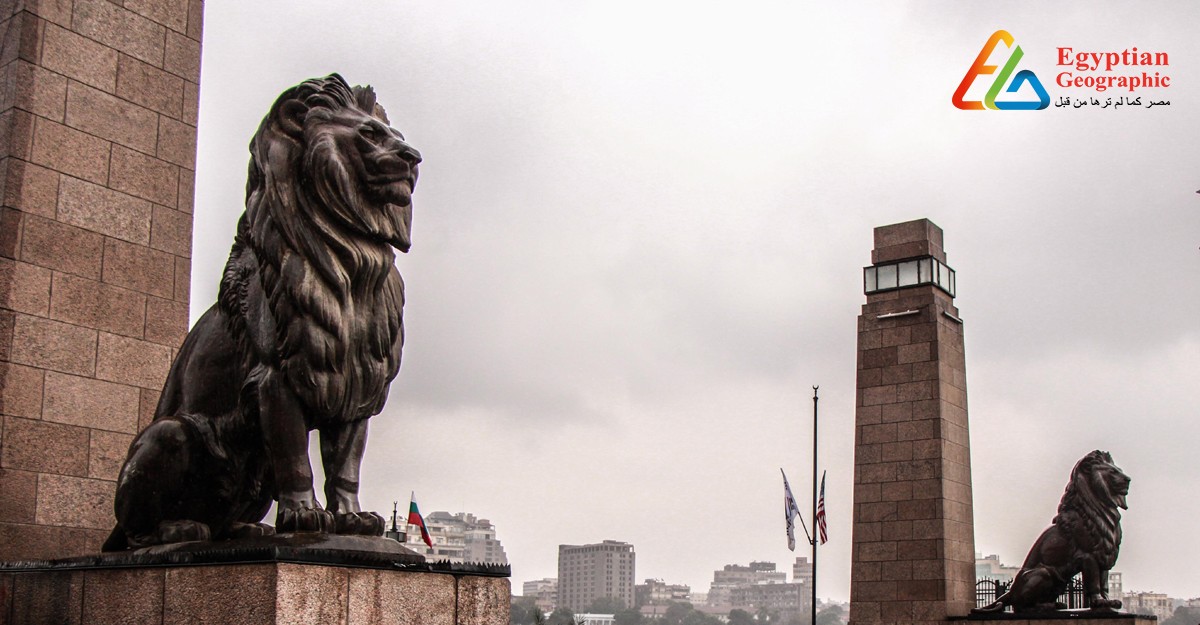

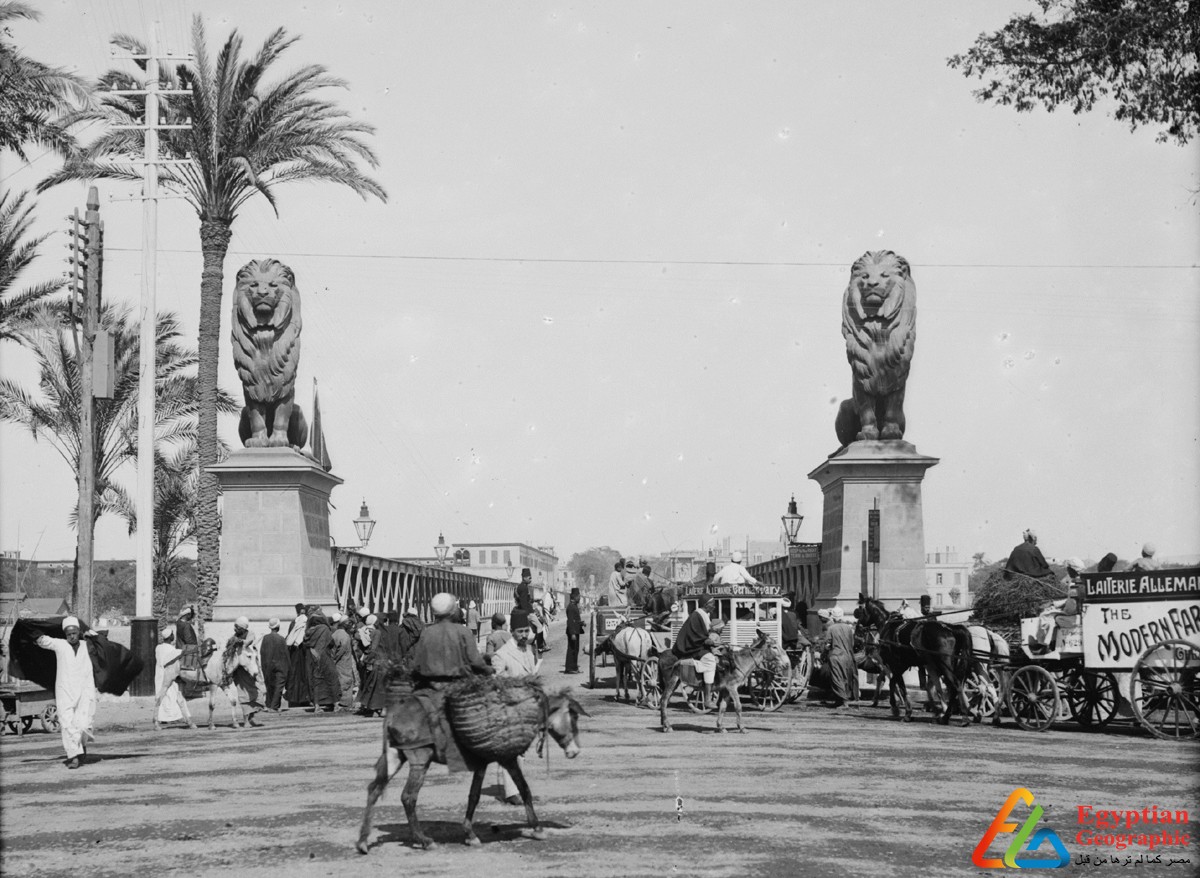

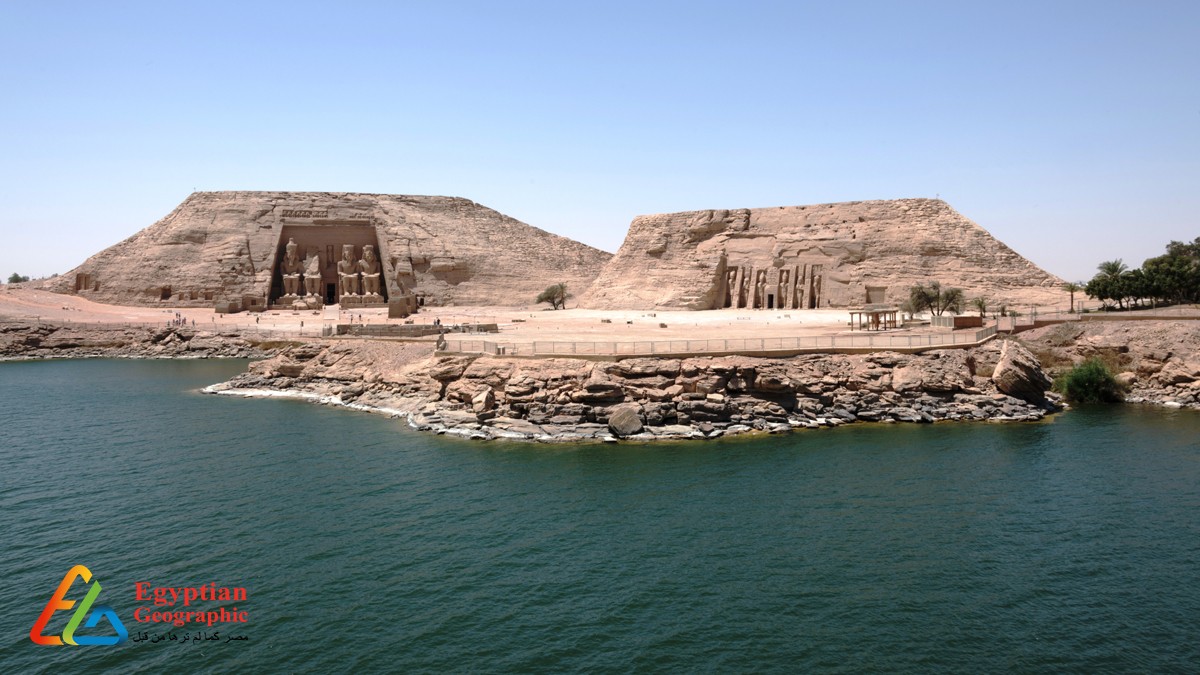

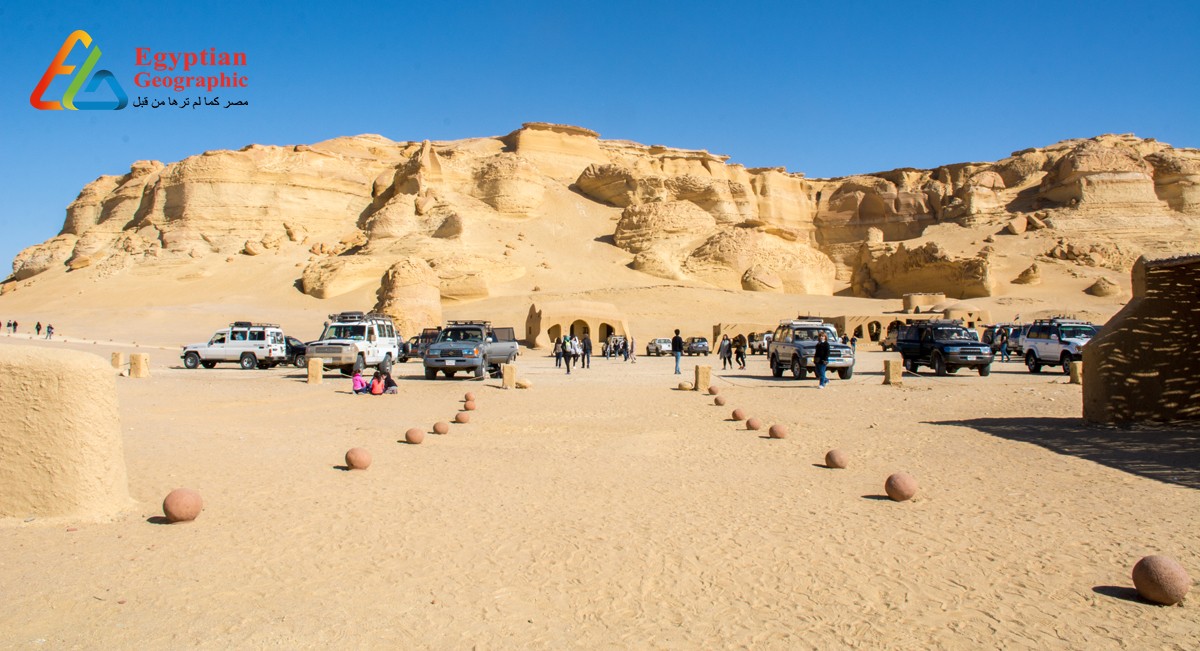

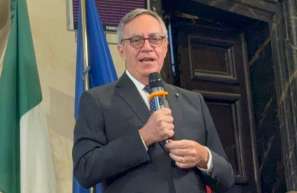
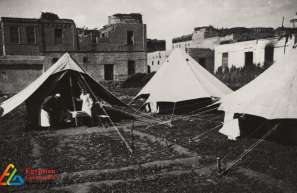
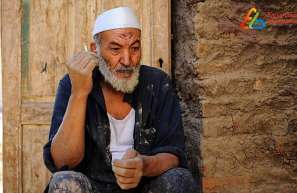
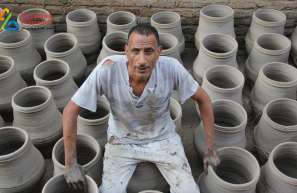
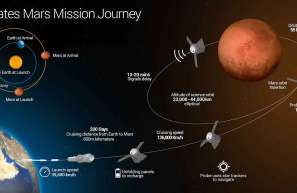
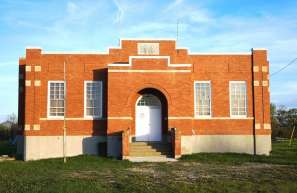
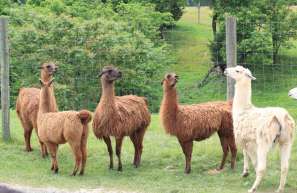


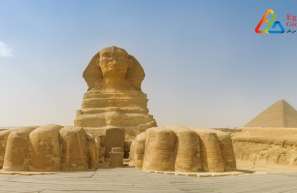


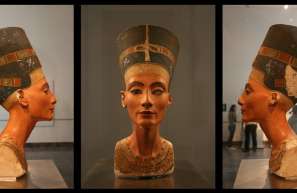
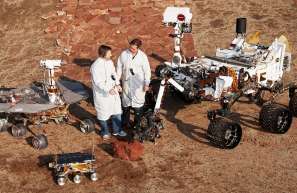
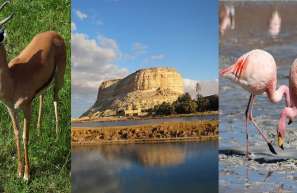
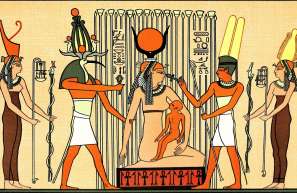










Egyptian Site & magazine